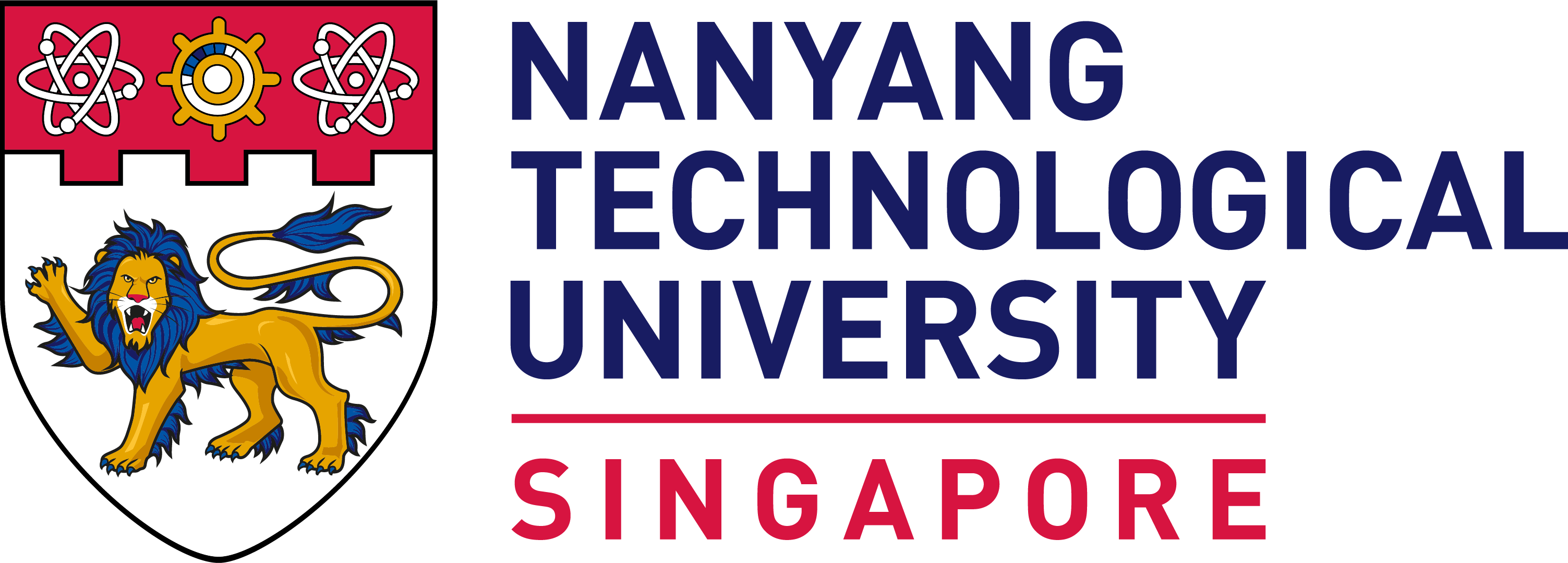Language and Identity in a Cambodia Hakka Village

This is a hybrid seminar.
- Register for in-person attendance (SHHK Conference Room): here
- Register for virtual attendance (Zoom): here
This is a socio-linguistic report of Veun Sai, a small Cambodian village in the Northeastern province of Ratanakiri near the border of Laos and Vietnam. The village of about 200 residents is located in a multi-lingual context where Hakka Chinese, Khmer, and Laotian are spoken side-by-side and each language has a distinct role. Hence, the Veun Sai Chinese village is in fact a multi-cultural village bound together by a Chinese thread. This presentation will provide background on Chinese communities Cambodia historically and considers issues of identity relevant to Sino-Cambodians with Veun Sai as a case study.
Dana Scott Bourgerie白杰理 is a Professor of Chinese in the Department of Asian and Near Eastern Languages. He earned his Ph.D in East Asian Languages in 1991 from The Ohio State University. He also taught one year at his Alma Mater before arriving at BYU. He has been a Fulbright Scholar at the Chinese University of Hong Kong, a visiting lecturer at City University of Hong Kong, and a visiting professor at Paññāsāstra University of Cambodia. He was also an honorary professor in the Overseas Education College at Nanjing University.
Professor Bourgerie's research interests are in sociolinguistics, Chinese dialects (including Yue and Hakka), and language acquisition. He is currently researching the language of the Chinese diaspora in Southeast Asia and non-standard varieties of Chinese. He is also doing work on the assessment of advanced Chinese learners. Professor Bourgerie is a past president of the Chinese Language Teachers Association and is the founding director of the Chinese Flagship Center at BYU (2002). He is currently the editor of Chinese as a Second Language and directs the Cambodian Oral History Project.














/enri-thumbnails/careeropportunities1f0caf1c-a12d-479c-be7c-3c04e085c617.tmb-mega-menu.jpg?Culture=en&sfvrsn=d7261e3b_1)

/cradle-thumbnails/research-capabilities1516d0ba63aa44f0b4ee77a8c05263b2.tmb-mega-menu.jpg?Culture=en&sfvrsn=1bc94f8_1)
